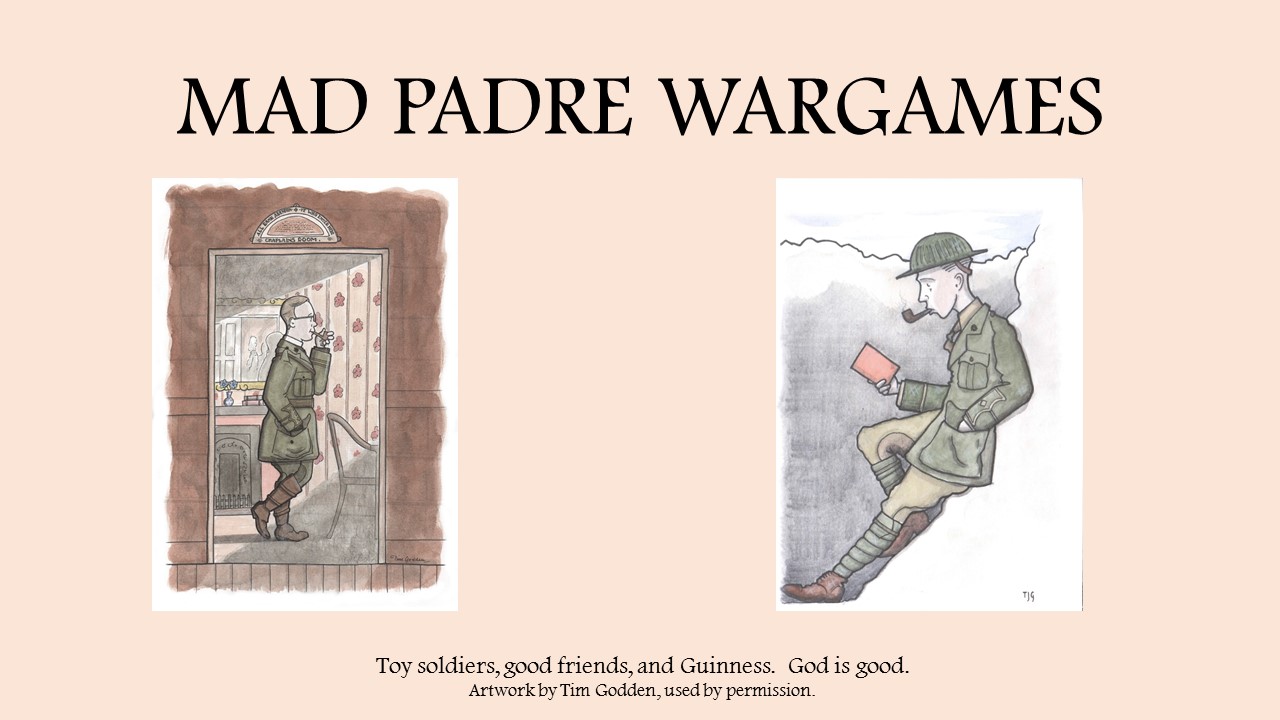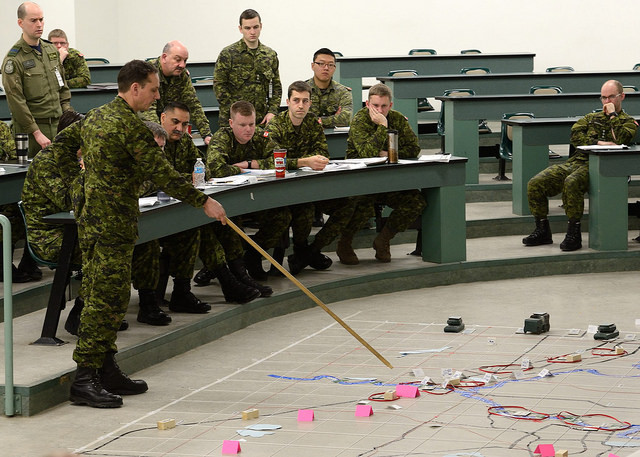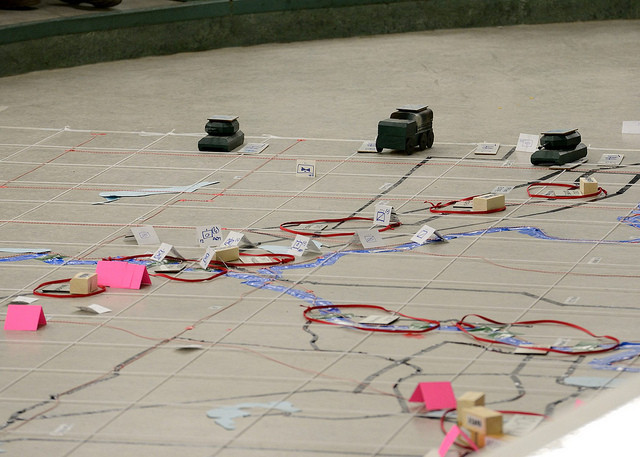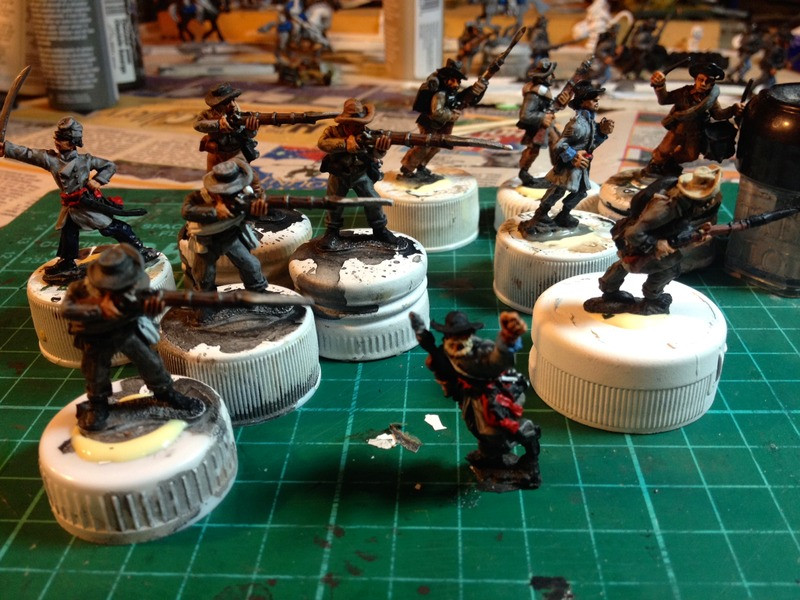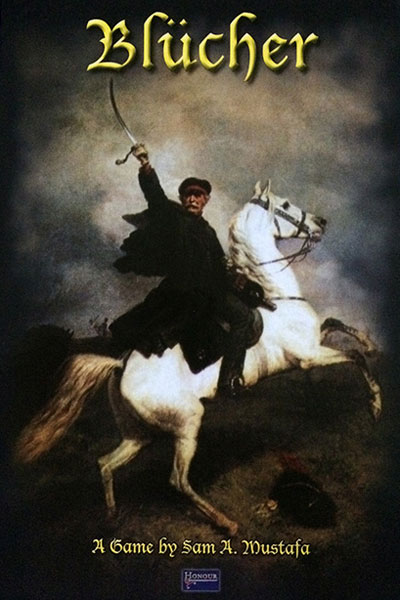Not a lot of gaming or painting getting done of late. I have my head down trying to generate the first draft of my MA thesis in time to meet an April defence date and a return to the uniform and whatever military posting awaits me. In between thinking and writing about religious pluralism in the Canadian Armed Forces, I do however pick up the odd book or read something non-thesis related just to give my mind a rest. Here are some reports and recommendations from that front.
I never blogged anything about the Brad Pitt film
Fury when I saw it last fall. I went with my brother The Mad Colonel, a retired infantry and staff officer, and he was somewhat non-committal about it. For my part I thought it excelled at catching the feel of tank warfare in World War Two, and the interaction between the characters rang true to what I know of soldiers. Mind you, I had some issues with the final scene, where a happy, intact SS battalion was marching around Germany in the last days of the war, singing lustily but had somehow forgotten its antiarmor drills, but I digress.
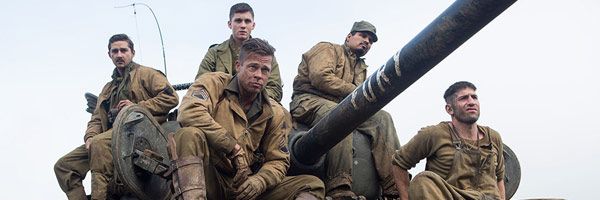
Recently I stumbled across this
interview with Steven Zaloga, an American defence analyst and historian, who thought that given “the limits of what you can do in Hollywood … I thought it was very authentic”. That made me feel a little more kindly towards the film, and even want to give it a second look.
I was also interested in some of Zaloga’s criticisms of some of the accepted truisms on tank warfare in NW Europe, specifically that the Sherman was a deathtrap (Zaloga says the “Ronson” image is “nonsense”), or that the Allies paid five Shermans lost to take out one German tank (Zaloga attributes this to cliche to an over reliance on British authors and their experiences of Normandy, not true of US-German kill rates at all). Anyway the article is quite interesting and worth a read. I found this bit especially interesting, given how war gamers and modellers love the big German tanks and often over-represent them on the table.
“To give you a general sense, in April of 1945 the Germans have about 90 tanks on all of the Western Front. All tanks, everything, Panthers, Panzer IV, Tigers. They had a handful of Tigers. They had about 400 other armoured vehicles, assault guns, Stug III and things like that. So they had just short of 500 armoured vehicles on the entire Western Front, from the North Sea all the way down to Bavaria and Southern Germany. At that point in time the United States had 11,000 tank and tank destroyers, to give you some sense of the disparity in forces."
Zaloga's forthcoming book
Armored Champion is on my wish list - coming out from Stackpole this May. Zaloga also recommends a book from his colleague Robert Forcyzk,
Shwerpunkt: Tank Warfare on the Eastern Front, 1941-42. Forcyzk knows German and Russian and uses sources largely unused by popular military historians.
The other day I posted on
an oddity from the Cold War.
If future war is your thing, you might want to look at five short pieces imagining what the first shots of the next world conflict might look like. A US think tank called The Atlantic Council and the
War On the Rocks website recently sponsored a contest for creative writing submissions that imagined how such a conflict might spin up, and the five winners are posted
here. Hopefully it’s not a spoiler to let you know that drones and the internet figure prominently in these submissions, as does China and the kind of undeclared, deniable proxy wars currently being perfected by the Russians. If you’re a resident of a Pacific country, these scenarios might be disturbing. The conflicts imagined here pose an interesting challenge for wargames designers, in that a generation ago, all you had to do was imagine the Red Army and the Warsaw Pact rolling across the West German border and you’re away to the races. These submissions suggest that the next war will be a lot more chaotic and fluid than that - see Sydney Freedberg’s
Talinin is Burning for an example.
Speaking of World War Three, I used to be quite a fan of WW3-themed wargames back when they were plentiful in the 1980s. They were so plentiful that I recall an interview with Jim Dunnigan in which he said that they kept SPI afloat until ’89, when the Cold War ended and the bottom fell out of that market. I always wanted SPI’s monster game The Next War, and if you have a copy you want to sell, let’s talk. I did recall a game I haven’t played in ages, Anyway, I dug out my copy of this classic, and am hoping to play it at some point if I can get another thesis chapter done this week, and if I can get my Longstreet game finished.
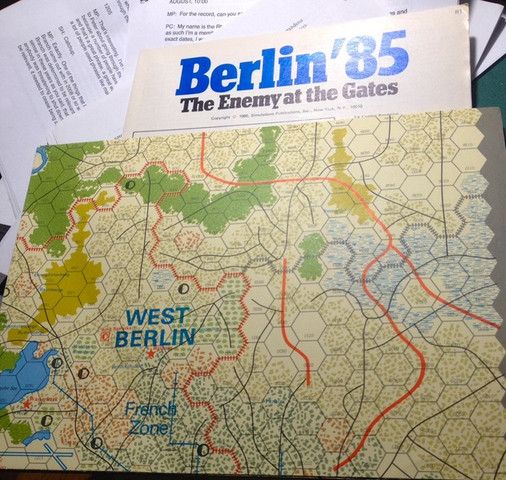
The only problem I have is that there isn’t a kitten-proof surface in the house.
Finally, returning to books, our friend Edwin King, wearing his bookseller hat, has started carrying reprints from the
History of Wargaming project. I’ve treated myself to a reprint of the Peter Young classic, Charge! (Ross Mac says it’s an essential read, and who am I to argue with Ross?) as well as Paddy Griffith’s book on Napoleonic Wargaming. Check out Edwin’s blog and send some business his way.
Blessings to your books, MP+
